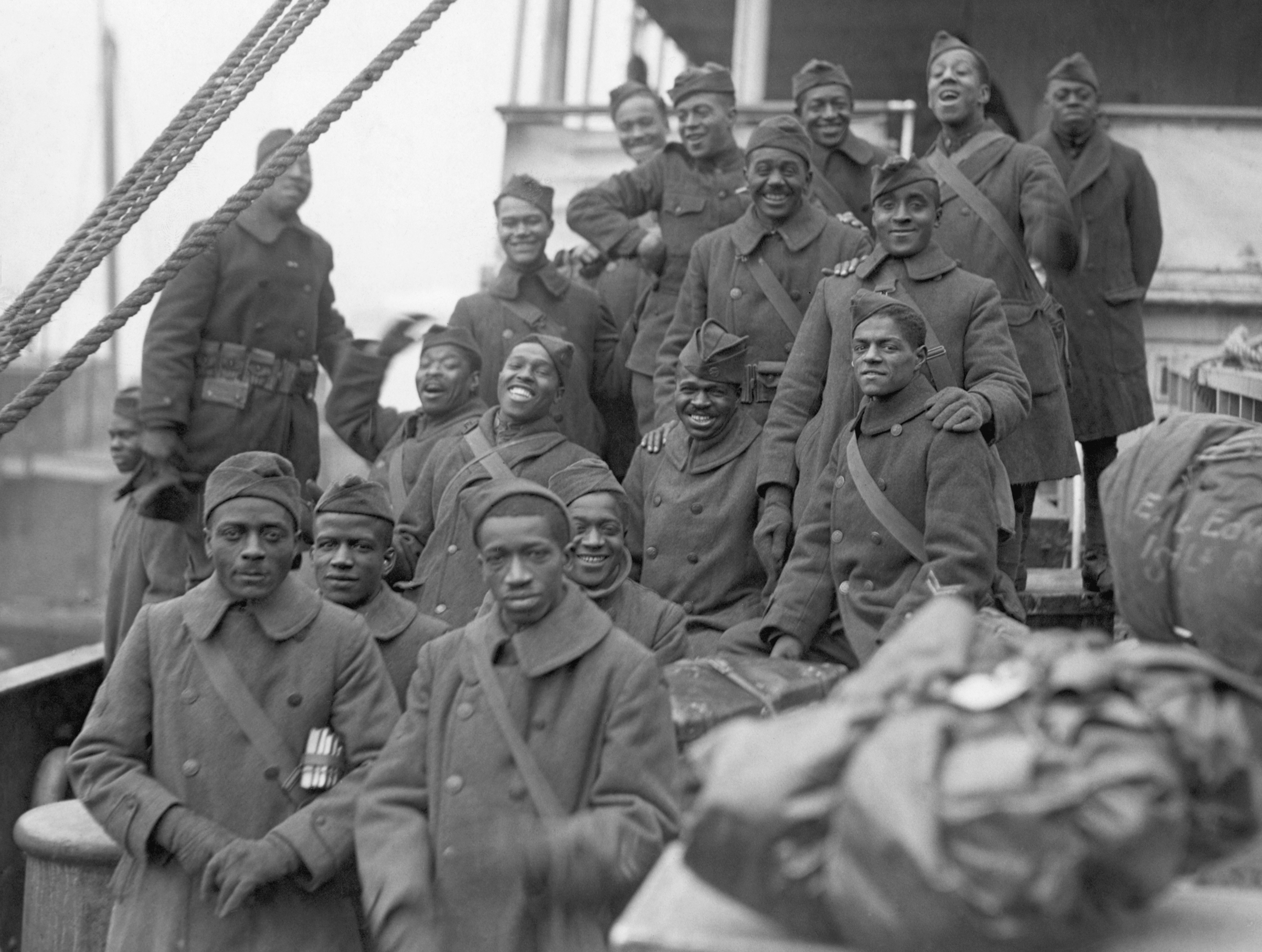
A group of Black Confederate soldiers posing for a photo aboard a CSN transport ship on the Mississippi River, circa December 1916. Two of the men in this photo would die during the fighting in the First Great War, while all but the one on the far right of the third row would later die in the Gas Chambers as part of the Destruction during the Second Great War.
